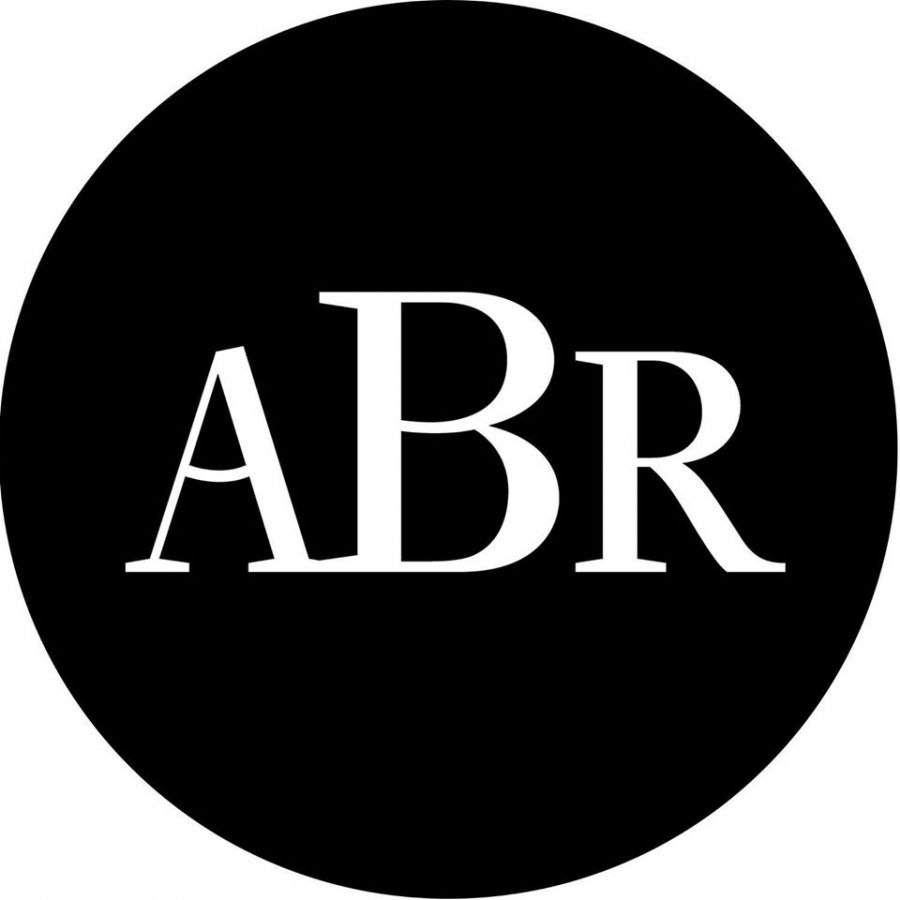
- Free Article: No
- Contents Category: Letters
- Custom Article Title: Letters to the Editor
- Review Article: No
- Online Only: No
- Custom Highlight Text:
The past is in Scotland
Dear Editor,
Christina Hill’s review of Peter Goldsworthy’s latest novel, Everything I Knew (November 2008), seems sure-footed in both its negative assessment of an ‘overwrought, undisciplined’ work and its appreciation of the novel’s compositional play, both intricate and subversive, with L.P. Hartley’s The Go-Between. It makes no mention, however, of the novel’s pointed intrigue with lyricism.
There is, first, the story’s ghosting by not one but two great poet-singers, Robert Burns and John Shaw Neilson. Not only is the boy protagonist called Robbie Burns, but the novel’s small-town setting is Penola, Shaw Neilson’s birthplace. As any Penolan would proudly claim, the names Shaw Neilson and Penola are as good as synonymous. Further, Shaw Neilson’s family went back to Burns’s Scotland, and Shaw Neilson, like most literate people of that time, devoured Burns’s poems with his poet father. Hartley’s The Go-Between, which provides the novel’s epigraph and central idea, is memorably lyrical.
Would reference to this Burns–Neilson interest in Everything I Knew have modified Hill’s review?
Elizabeth Lawson, Queanbeyan, NSW
A brief philosophy of art
Dear Editor,
Art disturbs people. Artists take risks. In public life such risks include, but are not confined to, having aspersions cast upon them by media and politicians, having works banned or suppressed, being prosecuted, convicted or jailed. And this, I argue, is as it should be.
The arts cannot be quarantined from the rest of society. So I understand the reaction of Thomas Ryan in his letter (December 2008–January 2009), but share concerns expressed by Peter Rose in his review of David Marr’s The Henson Case (November 2008) and in his reply to Ryan (December 2008–January 2009).
Artists have a licence to disturb, express, imagine, and make public. But this licence is a limited one, limited by inter alia real laws, a real police force and judiciary. Being a ‘renowned’ or ‘serious’ or ‘individual’ (in any sense) artist may help with establishing the intention of an action in a court of law, but only in the same way a person of any other vocation, calling or occupation has a right to their actions being judged in context.
Bill Henson was not charged over his photographs. The principal of the primary school was not found to have breached any departmental guidelines. I think we should be lauding police prosecutors and education authorities for understanding the nature of art, and for having a civilising effect on the media, politicians, philosophers and commentators.
David Mortimer, Cheltenham, SA
Never a duke
Dear Editor,
A correction to Geoffrey Blainey’s review of Churchill and Australia (December 2008–January 2009). He writes that ‘Churchill’s father, a duke, was “the coming man” in the House of Commons’. Winston Churchill’s father, Lord Randolph Churchill, was a younger son of the seventh Duke of Marlborough and a younger brother of the eighth. However, he was never a duke himself. Had he been, he would not have been able to sit in the House of Commons.
Judith Loriente, Hawthorn West, Vic.
Silo consciousness
Dear Editor,
I was initially surprised that Sarah Scott’s review of Modern Times: The untold story of modernism in Australia (December 2008–January 2009) essentially confined its discussion to architecture and visual design. So I looked at the book and was amazed and appalled, in comparable measure, to realise that a publication with so sweeping a title was likewise so narrow in its concerns. What of modernism in other aspects of life? In literature or music, for example?
Part of the problem is that, in this country, at least, and especially in the arts, so many scholars and experts live in what university administrators call ‘silos’: they seem dispiritingly unaware of (therefore according little or no importance to) activities outside their own ‘specialties’. Even if Professor Spate had actually written the sentence with which Ms Scott began her critique, it nonetheless presents a paradox: whatever ‘modernism’ and ‘modernity’ are, they are far more than this book comprehends.
It is not as if the calibre of the essays conceals or disposes of this intellectual problem. There is scant awareness of modern science and its profound contribution to the ‘modernity’ of the twentieth century, and Ann Stephen’s chapter, ‘The Body at the Scene of Modernism’ is superficial, even occasionally misguided (as when she writes that the X-ray was ‘invented’ in 1895, whereas W.C. Röntgen actually discovered that form of radiation in that year).
The dispiriting thing is that I cannot think of a solution to this compromised intellectual vision.
John Carmody, Roseville, NSW
Harold Larwood no Yorkshireman
Dear Editor,
In his review of Greg Crowden’s Jack Fingleton: The Man Who Stood up to Bradman (December 2008–January 2009), Brian Stoddart mentions the arrival in Australia of ‘the Yorkshireman’ Harold Larwood. Larwood was born in Nuncargate, Notts. (14 November 1904) and played 300 matches for Nottinghamshire. Much as Yorkshire might like to claim him, the facts, sadly, are otherwise.
John Hayes, Hamilton, Vic.


Comments powered by CComment